(NLDO) - A new study shows that "primordial black holes", a hypothetical object from the early universe, could be hiding right on Earth.
According to Sci-News, objects called "primordial black holes" have been theorized for many years, but no scientific agency has actually observed them.
Theories suggest that "primordial black holes" were among the first objects in the universe, born shortly after the Big Bang event.
They could be the "seeds" of the giant black holes that telescopes have seen in the early universe, candidates for dark matter, and sources of primordial gravitational waves that could help solve many cosmological problems.
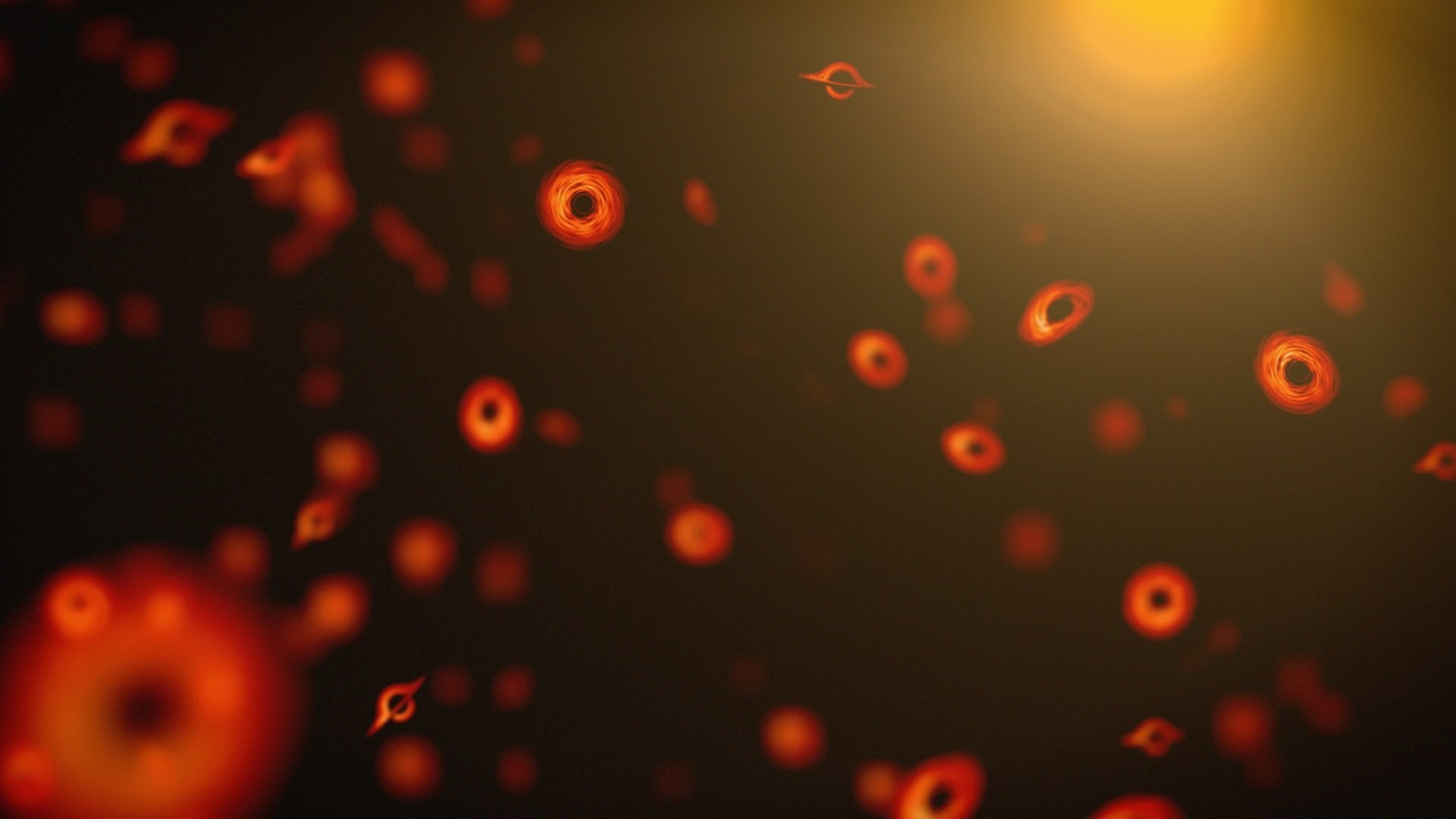
"Primordial black holes" - Graphic image: NASA
According to new research led by Professor Dejan Stojkovic from the University of Buffalo and Dr. De-Chang Dai from Case Western Reserve University (USA), there is a place where we can find this mysterious object that few people think of: Right on Earth.
“We have to think outside the box because what has been done before to find primordial black holes has not worked,” said Professor Stojkovic.
Their models suggest that the currently theoretical "primordial black holes" could still exist in the same state as they did 13.8 billion years ago and roam the universe.
They can be captured by rocky planets or asteroids, in which case they consume the matter of their captor and leave behind a hollow structure.
With the Earth being so large, they can leave microscopic tunnels in very old rocks, or even glass or other solid structures in very old buildings.
It is possible that it could pass through a living organism - although rare - but it would not cause any damage because the biological tissue is elastic enough to allow this extremely small object to pass through smoothly.
"Although the primordial black hole's kinetic energy can be very large, it cannot release much energy during the collision because it moves too fast. If it is faster than the speed of sound, the molecular structure of that medium will not have time to react," explained Professor Stojkovic.
This study, recently published in Dark Universe, also shows that "primordial black holes" can also attack cosmic objects much smaller than Earth.
If it is a small object, these black holes can gradually consume the liquid core inside and turn the object into an empty shell.
These hollow shells must be no larger than 1/10th the size of Earth. They can be detected through telescopes, because hollow objects have unusually low densities.
For objects without liquid cores, primordial black holes may simply pass through and leave behind a straight microscopic tunnel, like the ones it leaves in the solid structures of the Earth.
Source: https://nld.com.vn/trai-dat-bi-thung-lo-vi-bat-giu-lo-den-nguyen-thuy-196241204095636667.htm








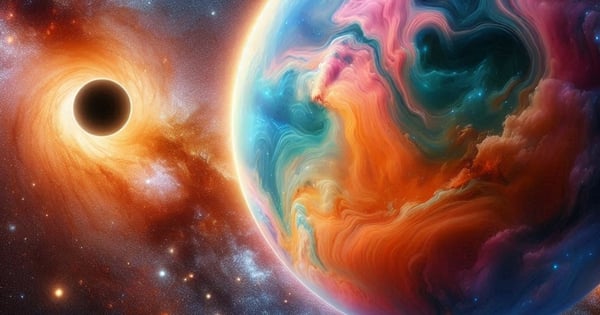
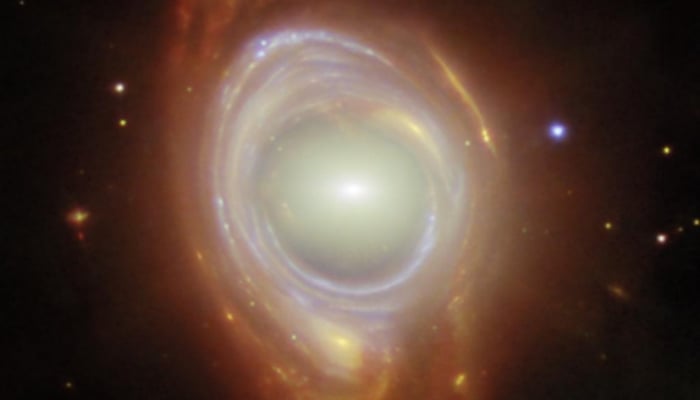

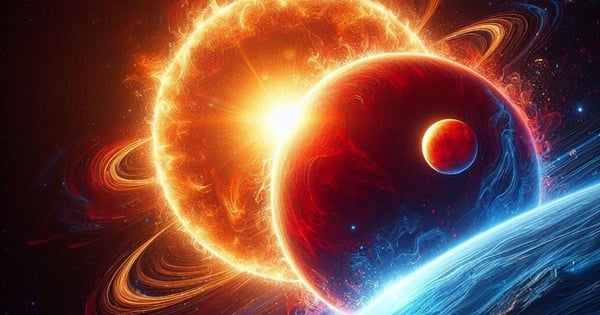
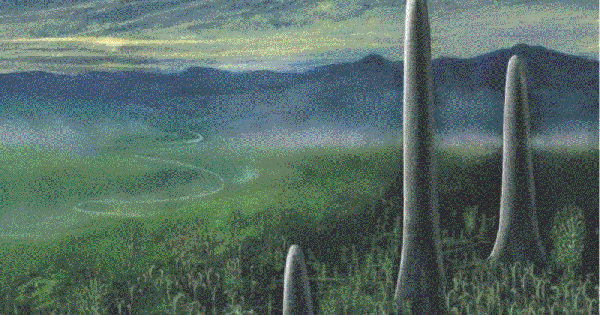
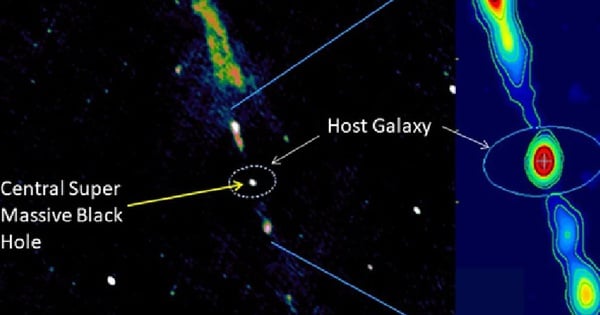
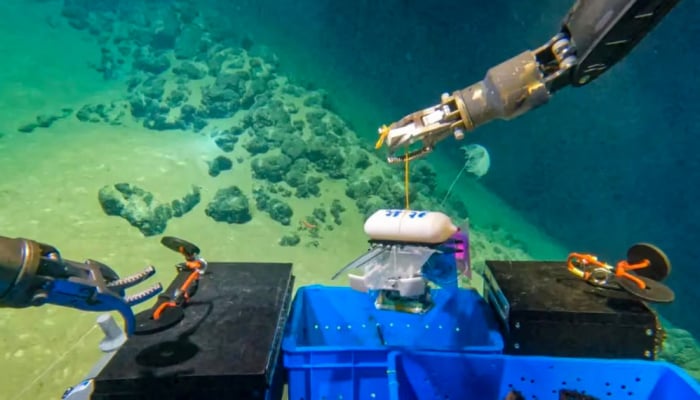





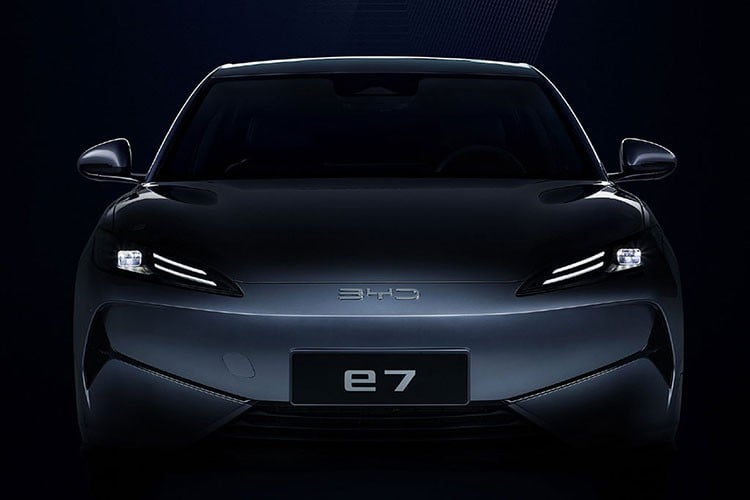










![[Photo] "Beauties" participate in the parade rehearsal at Bien Hoa airport](https://vstatic.vietnam.vn/vietnam/resource/IMAGE/2025/4/11/155502af3384431e918de0e2e585d13a)































































Comment (0)